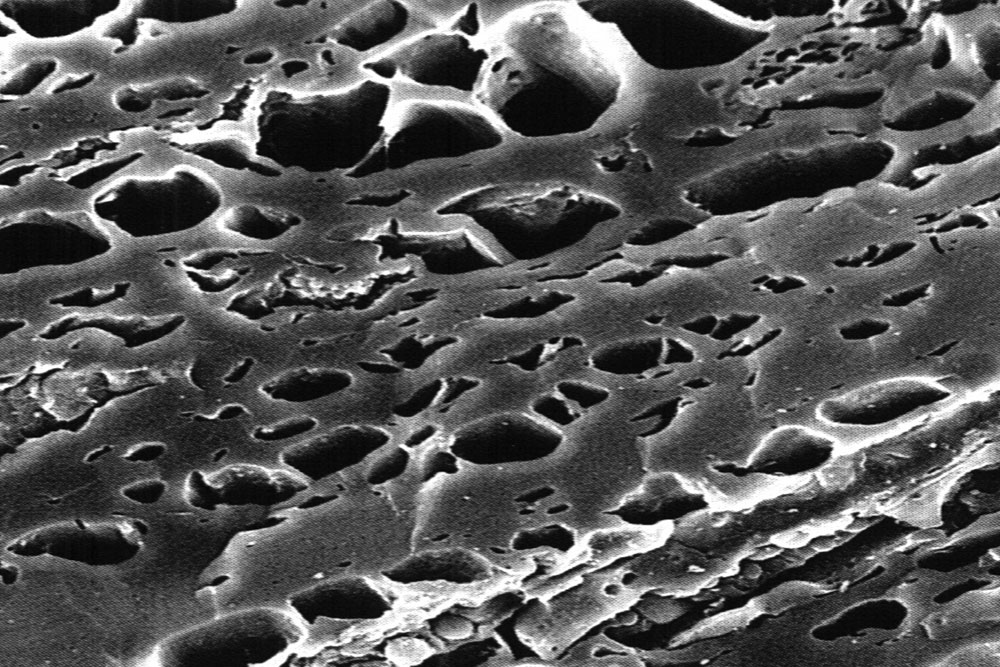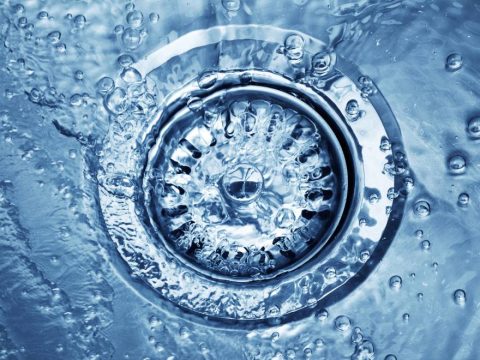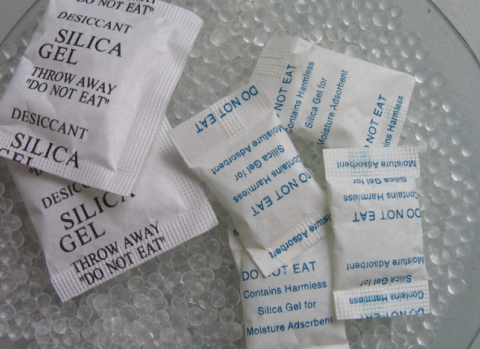How to use activated carbon to effectively deodorize cars
Using a car every day also means having to deal with a variety of odors, from food and cigarette smells to unpleasant odors caused by regular use of the car. To solve this problem, activated carbon car deodorizer has become an effective and popular solution. In this article, we will learn about how to use activated carbon to remove any bad odors in your car.
About activated carbon
Activated carbon is often produced from materials with high carbon content such as coal, wood or coconut shells, which are processed to have a porous structure with many voids to increase surface area. Thanks to that, activated carbon has the ability to absorb gases, odors, bacteria and other toxic substances. This makes activated carbon an ideal tool for deodorizing in cars.

How to Use Activated Carbon to Deodorize Cars
Car owners often use car deodorizing solutions such as sticky leaves, pineapple or essential oil vaporizers. However, these actions create an odor that overwhelms the odor. The bad, unpleasant smell is still present in the car. These overpowering scents cannot handle harmful gases such as cigarette smoke, mold or gasoline. Using activated carbon will help remove odors and toxic gases more effectively because the adsorption properties of charcoal will absorb and retain these substances within the charcoal structure.
And usage is also very simple with just 3 steps:
Step 1: Choose the right product: First, you need to choose a quality activated carbon product specifically for cars. There are many types of products that are conveniently designed to be placed in the car. There are two types of activated carbon commonly used to deodorize cars:
Use activated carbon in tablet form
Use activated carbon in bag form
Step 2: Place activated charcoal in the car: Place activated charcoal in various locations in the car, such as under the seat, in the glove box or under the back seat. This helps optimize the absorption of odors from a variety of sources.
Step 3: Usage time: Monitor the usage time of activated carbon and replace it when necessary. Normally, this product can be used from one to three months depending on the level of odor in the car.

Note: You should replace charcoal after a period of use because charcoal will gradually lose its effectiveness over time because the surface area has been used up, reducing its deodorizing ability.
Using activated carbon to deodorize cars brings many benefits including:
- Eliminate odors: Helps eliminate all unpleasant odors, making the space in the car clean and pleasant.
- Eliminate harmful gases: Charcoal has the ability to adsorb harmful substances in the air such as cigarette smoke, bacteria…
- Create a comfortable space: The car space will become more comfortable when there are no unpleasant unpleasant odors left.
- Do not use harmful chemicals: Compared to odor sprays, activated carbon is a safe and environmentally friendly solution.
- Cost savings: Activated carbon products have a long shelf life, helping you save money instead of having to buy deodorant products regularly.
Conclude
Using activated carbon to deodorize your car is an effective and sustainable way to create a clean and comfortable space in your car. With the variety of products on the market, you have many options to choose the most suitable product for your vehicle. Don’t let annoying odors affect your driving experience.










